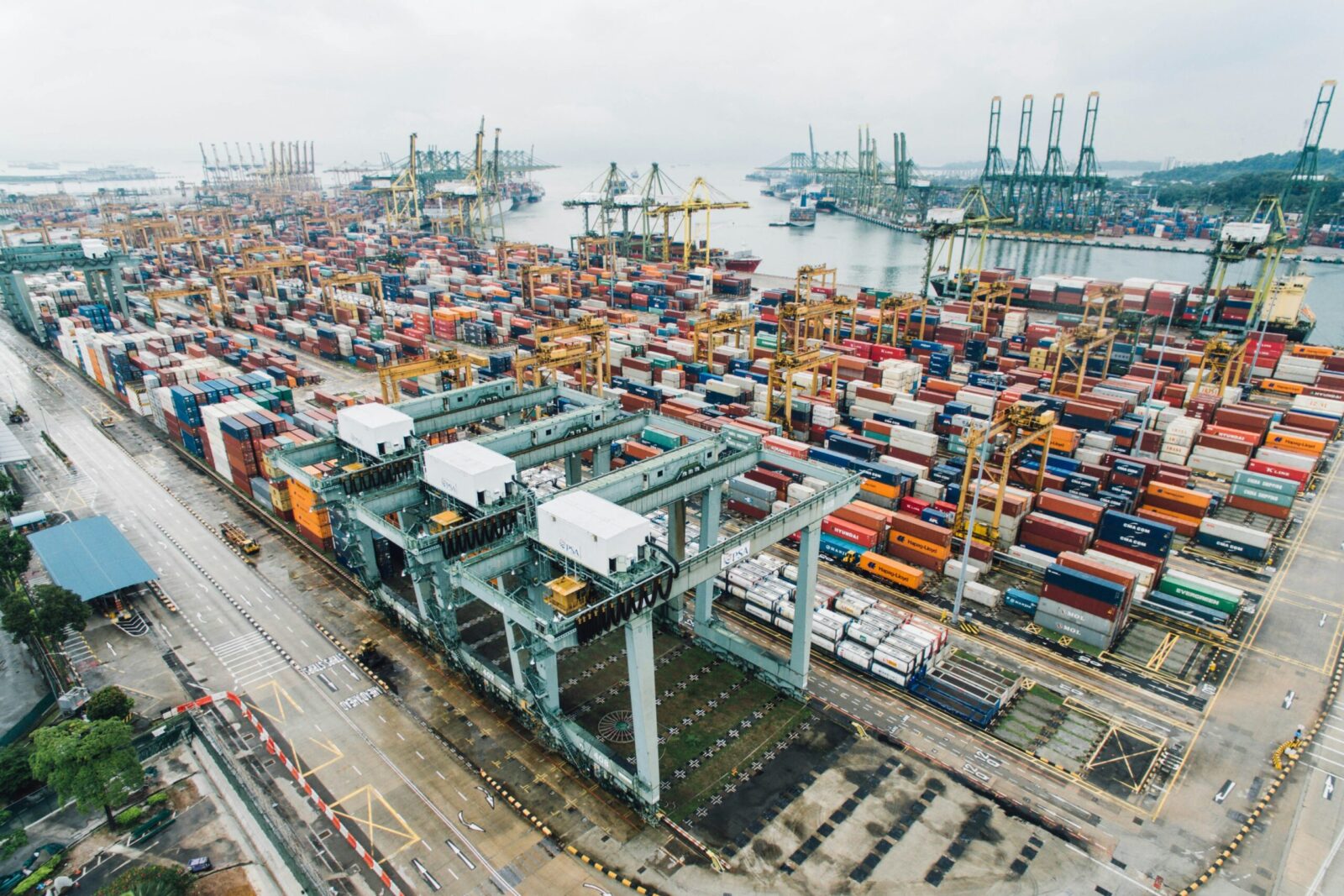
How to Optimize Supply Chain Management?
Introduction Today’s complex and turbulent business environment requires effective supply chain risk management. As global supply networks become more intertwined,...

Get 20€ off on your first order!
Lean logistics applies lean management to supply chain performance. Lean Logistics eliminates non-value-added procedures to improve commodity flow and cut costs.
Lean logistics aims to reduce waste and improve quality. Lean logistics streamlines logistics across various industries, not just manufacturing.
For supply chain managers wishing to streamline logistics, this article offers a proven way. Lean management may be implemented more easily, quickly, and sustainably by making the correct modifications at the right time and standardising them. Applications can be helped by lean management workshops.
The following five methods for lean logistics are effective.
Lean manufacturing reduces waste by speeding up delivery and throughput. Toyota Motor Corporation engineer Taiichi Ohno invented it in the 1970s.
Lean management is becoming standard in industry. Lean management works with lean IT. What does this mean for logistics and supply chain management?
Logistics, like other industries, is seeing significant customer demand changes. Lean processes allow companies to meet these needs faster and more easily. Logistics must ensure just-in-time customer and production flow. Lean logistics optimises value-added processes.
Lean logistics is based on the idea that eliminating stages and reusing strengths may improve any operation.
Improve logistical processes to become lean. Logistics expenses in industrial are 5–15% of turnover, whereas in retail they can reach 15–25%.
Lean logistics may be implemented in any supply chain using various methods and technology. This article describes the core transformation process and a viable lean logistics method.
The lean manufacturing, administration, and logistics principles:
Customer-centricity: Logistics value stream understanding
Process orientation: Identifying and improving value-stream-enhancing process steps.
Pull strategies to reduce lead and waiting buffers, waste, inventory, and technology use are examples of flow orientation.
Targeting supply chain improvement: Improve supply chain management by creating a continuous improvement strategy and monitoring performance through shop floor management.
Just what is a value stream? Customers appreciate items because they get something from them. Only client-payable activities are useful. Value stream mapping evaluates processes based on material and information flow.
The value stream is recorded throughout a business tour. The client-focused evaluation of procedures starts with the customer (line back planning principle). But the representation is downstream. Material flows and analysis-relevant features like processing time and setup time are represented by simple symbols. Waste is identified via the value chain.
The target value stream is created from this. To eliminate waste, start by carefully working through rhythm, flow, and control. A value stream is implemented with an action plan after development.
To eliminate waste, logistical processes must be examined. Lean manufacturing and management focus on eliminating waste in all aspects.
Logistics waste may occur in several ways, including:
It emphasises supply chain inventory minimisation. Eliminating wasted inventory improves efficiency. Supply chain management should first ascertain which items a business has in stock and where. Whether the item needs storage in your logistics is determined. Items that don’t need storage are removed from the warehouse.
Consider inventory-tracking barcodes. Barcodes let companies know what items are accessible and where. Software helps certain companies manage inventories. These solutions automate inventory updates and improve storage and retrieval. In lean, pull approaches for inventory reduction have worked.
For online and offline retail sales, the pull strategy, which targets buyers, works well. The result is demand-oriented. Only when a consumer orders do manufacturing and logistics begin. Resource use decreases.
Another way to execute lean logistics is via technology. Automation and process improvement are possible with the right tools. Material flow conveyors improve storage. Warehouses employ conveyor belts to transfer merchandise. This lowers warehouse labour, such as loading automobiles with packed deliveries.
The results of an action are measured as performance. To make the company’s supply chain and logistics second nature, the Lean Logistics Manager improves them consistently.
In German, shop floor means “hall floor,” “workshop,” or “workshop”. Value is made there. Shop floor management involves managers overseeing the logistical quality process on the shop floor. Lean management seeks workplace process improvement.
Lean logistics requires that all logistics-related business operations create customer value. Waste minimisation and continual improvement are lean management goals. Quality, flexibility, cost, output, and customer value are improved by lean management.
Thank you! You've signed up for our newsletter.



















Introduction Today’s complex and turbulent business environment requires effective supply chain risk management. As global supply networks become more intertwined,...

Introduction Rapid technical breakthroughs and changing market conditions are shaping supply chain management. Businesses must adapt to these changes to...

Introduction Imagine manufacturing when production costs are low, efficiency is excellent, and every product is high-quality. This scenario is possible...

Introduction Today’s complex and turbulent business environment requires effective supply chain risk management. As global supply networks become more intertwined,...

Introduction Rapid technical breakthroughs and changing market conditions are shaping supply chain management. Businesses must adapt to these changes to...

Introduction Imagine manufacturing when production costs are low, efficiency is excellent, and every product is high-quality. This scenario is possible...
Get 20€ off on your first order!
Save 30% by buying directly from brands, and get an extra 10€ off orders over €100
Save 30% by buying directly form brands, and get an extra 10€ off orders over €100